Art Therapy is an amazing way to work on complex mental health issues and I’m going to share an impactful art therapy technique that will help if you struggle to verbalize what you’ve experienced or what you’re feeling.
If you’ve been struggling with feelings of anxiety, depression, overwhelm, complex PTSD, and Trauma recovery, you might want to consider a virtual art therapy session.
The great news is that there are ZERO art skills required. It’s not about the destination.. It’s about the journey.
An Insanely Impactful Art Therapy Technique To Relieve Stress:
Who Am I?
Hi and welcome to this introduction to Art Therapy here at MindsJournal. My name is Claire, I’m an art therapist and mindset coach based in Northern Ireland and I help people who are struggling with.
If you watch the video above and decide you’d be interested in learning more, I’d be thrilled to connect with you on a pitch-free 15-minute call where we can see if and how I can help you heal through art. Visit ClaireDB.com/art to book that call, I look forward to connecting with you.
Why Should You Try This Art Therapy Technique Today?
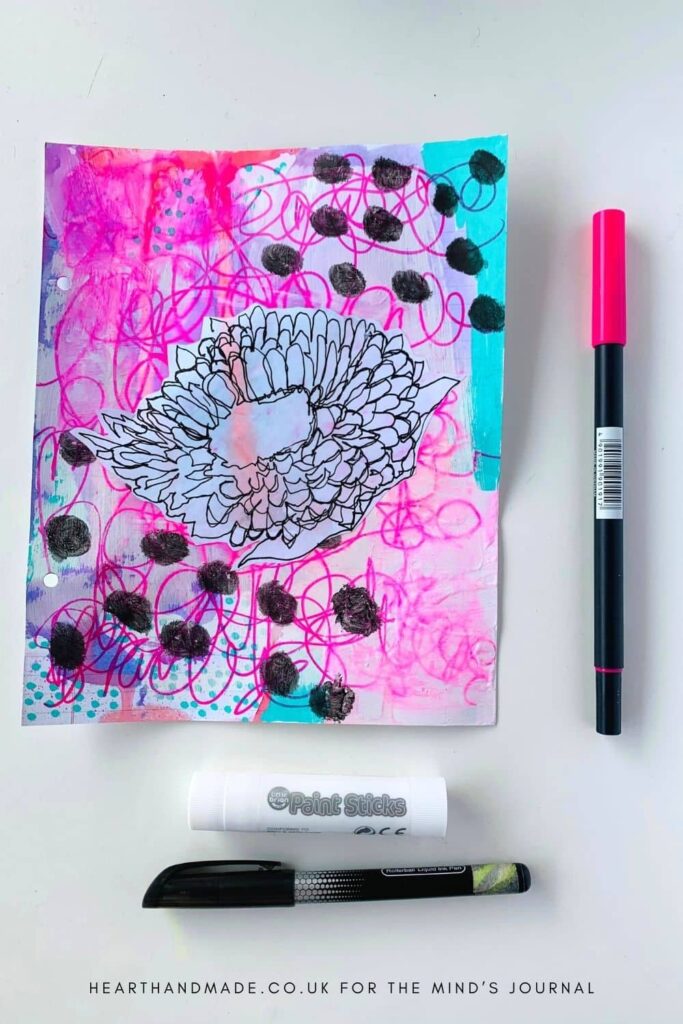
The goal of art therapy is to help you explore self-expression using various creative methods like drawing or painting and then evaluating the work for therapeutic processes. It’s a way of finding personal insight into your issues and it can lead to you developing much stronger coping skills.
There are many techniques that can be employed, not just drawing and painting, but doodling, coloring in, or even simple collage techniques. It all depends on what specific emotions or events you want to work on, how you want to feel, and what you’re prepared to explore.
I want to repeat, there are ZERO artistic skills required.
What Happens When You Try An Art Therapy Technique Like Secret Journaling?
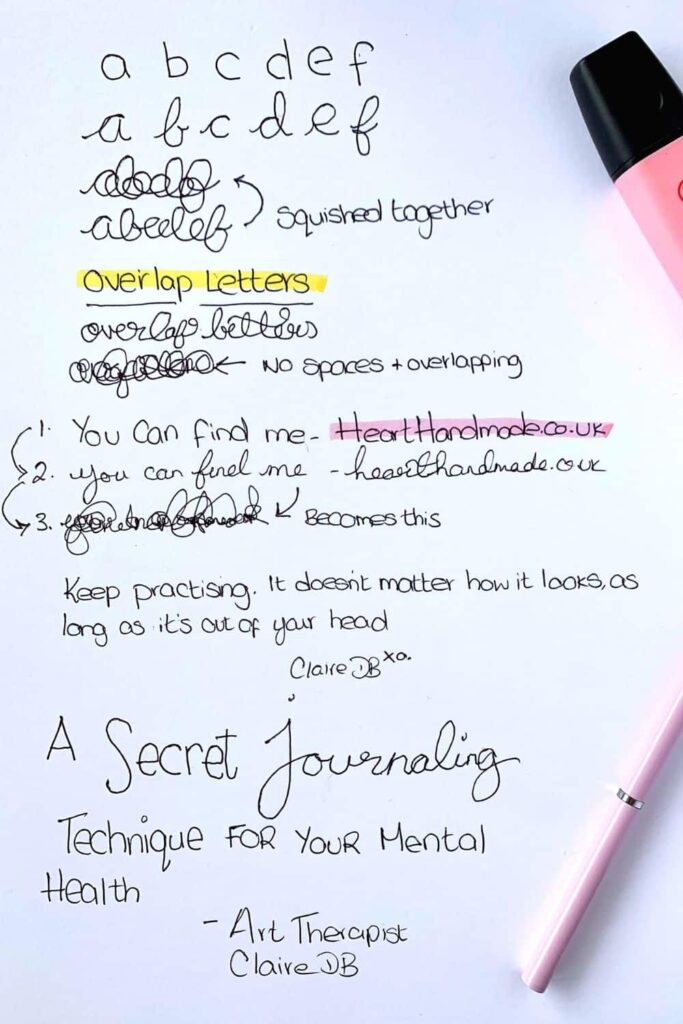
When you are working with your hands in a focused way, your brain enters something called Alpha Brainwave Mode, and to put it in very simple terms, that means you are relaxed and in one of the modes the brain enters before we sleep; ultimately, you’re very relaxed.
When our brains are in this phase, our subconscious has a chance to process events, thoughts, emotions, and anything that may have been on our mind; helping to organize it and manage it in a healthy way.
Instead of operating and living your life with your brain being constantly active; whether you’re watching TV, having conversations, scrolling through social media, when you take part in art therapy or crafting, you’re giving your brain a chance to decompress.
Then, when you complete a piece of artwork or a craft piece, you also get a boost of dopamine which is the same hormone that is released when you exercise.
Related: 21 Different Art Therapy Exercises For Different Emotions
The Secret Journaling Technique:
My favourite art therapy tip is something I wish I knew as a teenager; it’s a secret journaling technique that I employ which can then be used to create some beautiful artwork.
This is perfect if you live with your parents, or have a nosey sibling or don’t trust that someone wouldn’t betray your trust and read your journal.
If you know cursive writing then this should be quite easy for you; all we are going to do is extend the loops, play with spacing and size and really make the writing as scribbly as possible so it can’t be read.
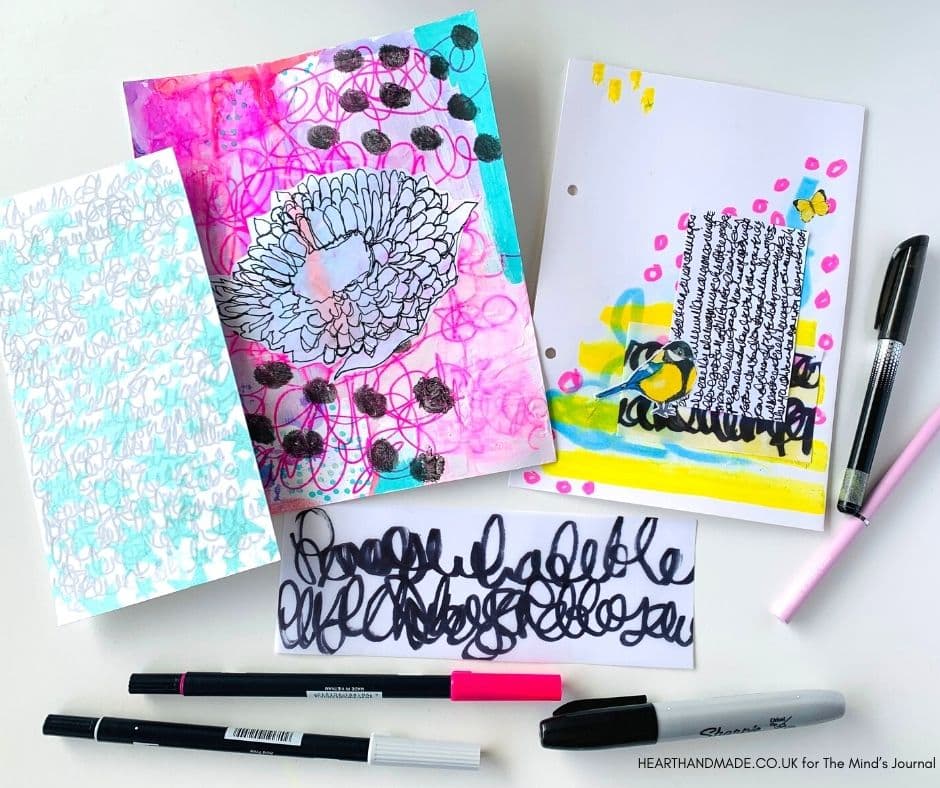
Hints And Tips For This Art Therapy Technique:
- Extend loops
- Play with spacing between letters
- Don’t leave any space when writing – just make it a continuous scribble
- Write words over the top of each other
- Connect every letter and every connector; even when crossing T’s or dotting i’s
Read 15 Art Therapy Exercises to Control Your Mind and Channel Your Emotions
Need Additional Help?
Remember, if you’d be interested in learning more about art therapy and how it could help you begin or continue the healing process, or even how you could explore deep-rooted trauma that you’ve never been able to express in traditional therapy, I’d be thrilled to connect with you on a pitch-free 15-minute call where we can see if and how I can help you heal through art. Visit ClaireDB.com/art to book that call.
I look forward to connecting with you or you can join us in the Free Craft Cafe Facebook group for a weekly group session on a Friday evening UK time. Each week, group members get to decide the topic we cover that Friday and receive additional resources mentioned in the videos.


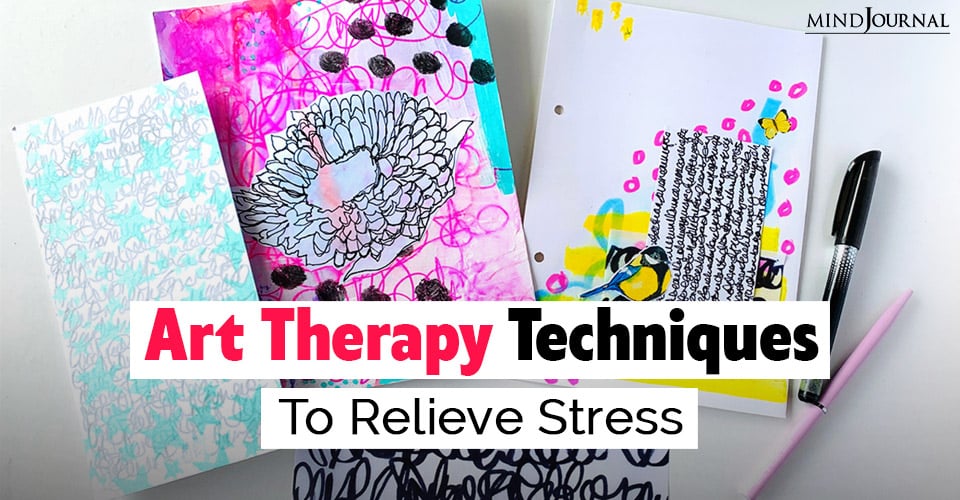
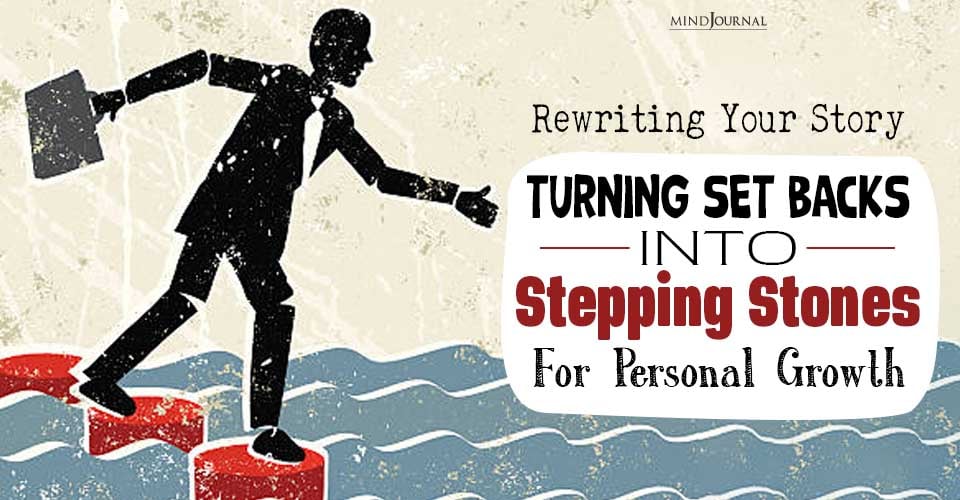

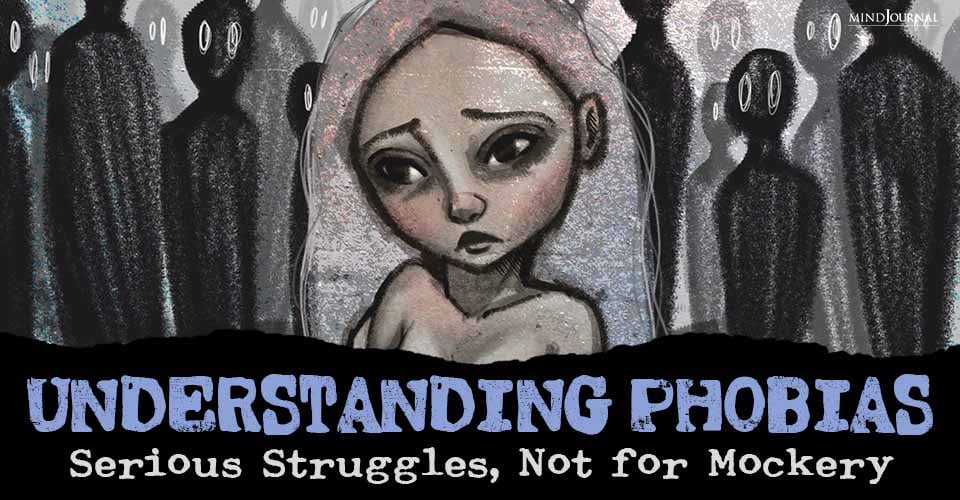
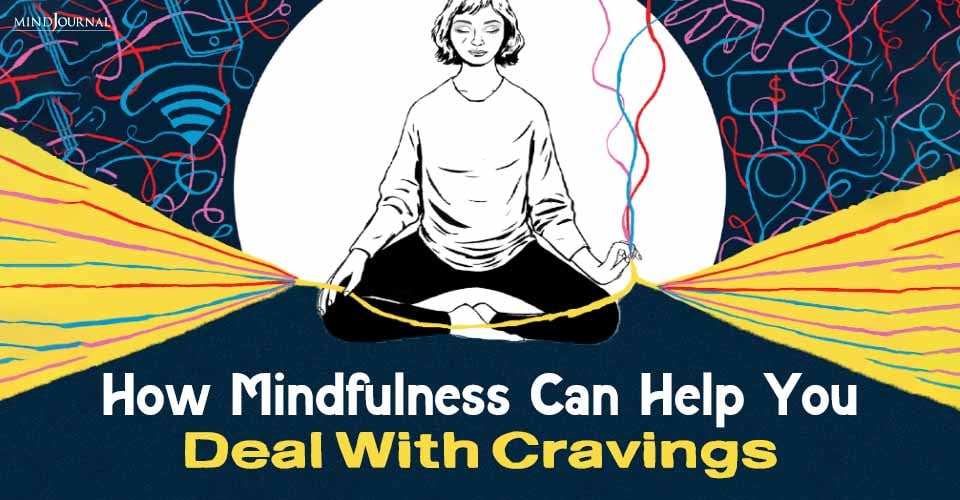
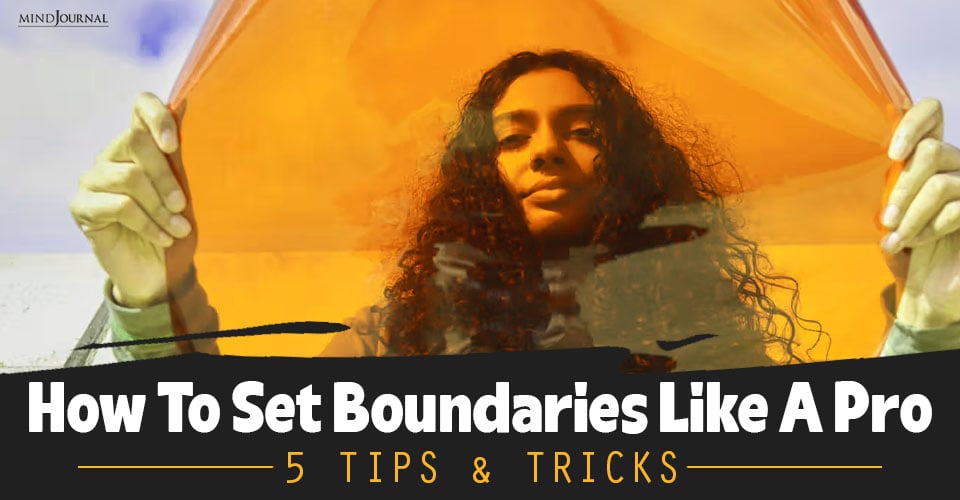
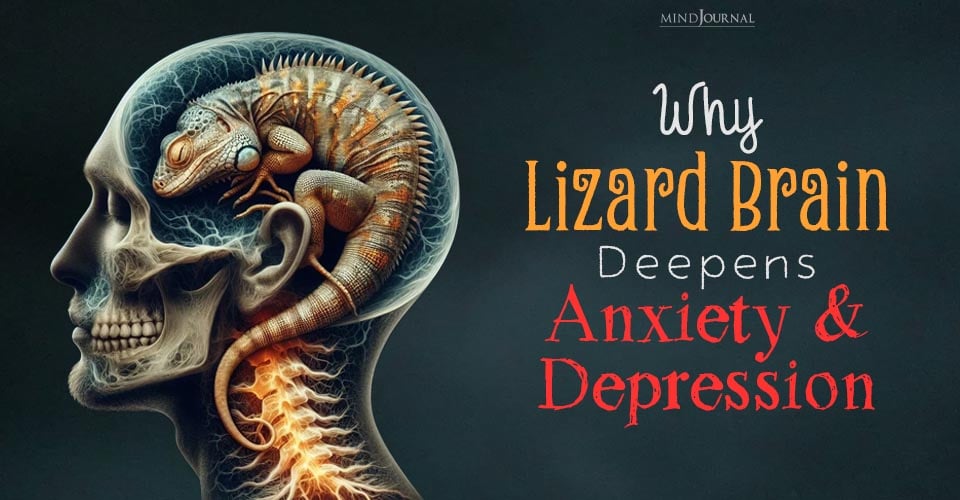

Leave a Reply